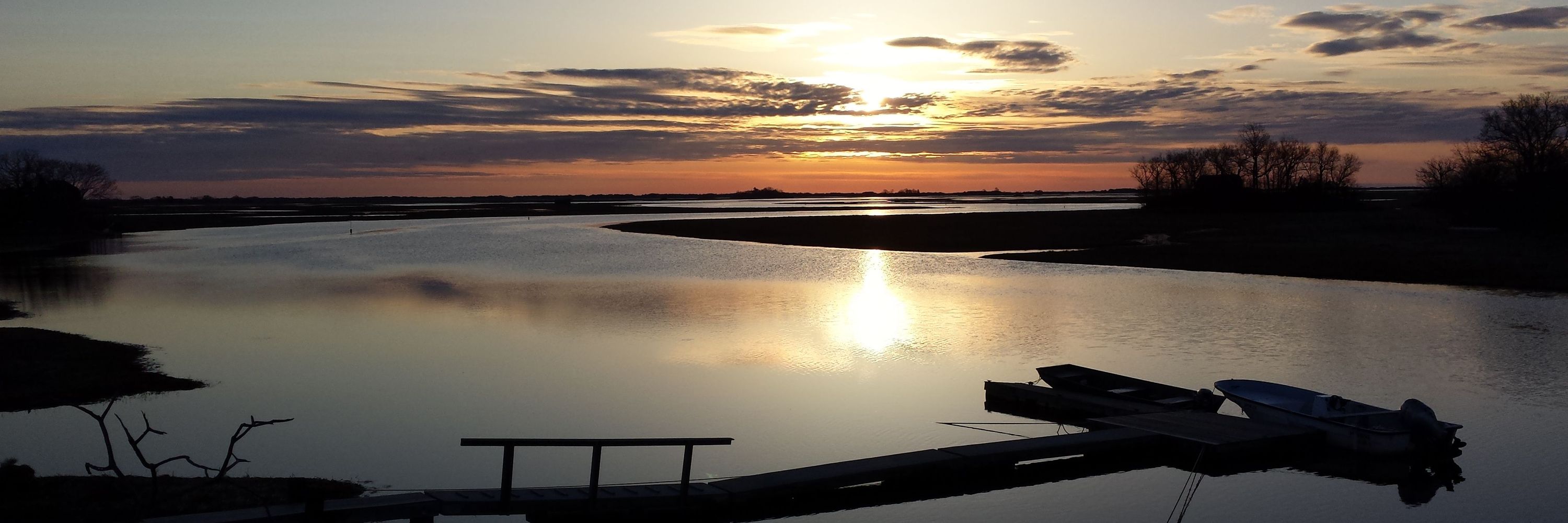Plum Island Ecosystems LTER
@pie-lter.bsky.social
210 followers
160 following
24 posts
The goal of the Plum Island Ecosystems LTER is to predict the long-term effects of sea level rise, climate change, and human impacts on the health of estuaries worldwide
Posts
Media
Videos
Starter Packs
Reposted by Plum Island Ecosystems LTER
Reposted by Plum Island Ecosystems LTER
Reposted by Plum Island Ecosystems LTER
Reposted by Plum Island Ecosystems LTER
Reposted by Plum Island Ecosystems LTER
Reposted by Plum Island Ecosystems LTER
Anny Chung (鍾彥儀)
@yyachung.bsky.social
· Jul 22
John Wares
@johnwares.bsky.social
· Jul 21
Assistant Professor in Ecosystem Ecology
The Odum School of Ecology at the University of Georgia invites applications for four tenure-track positions in Ecosystem Ecology at the Assistant Professor level. These are academic year, 9-month app...
www.ugajobsearch.com
Reposted by Plum Island Ecosystems LTER
Reposted by Plum Island Ecosystems LTER
Reposted by Plum Island Ecosystems LTER
GCE-LTER
@gce-lter.bsky.social
· Jun 2

Comparative Metabolism and Blue Carbon Sequestration of Two Wetland-Dominated Estuaries | Ocean-Land-Atmosphere Research
Coastal tidal wetlands and estuaries play important roles in the global carbon budget by contributing to the net withdrawal of CO2 from the atmosphere. We quantified the linkages between terrestrial a...
spj.science.org
Reposted by Plum Island Ecosystems LTER
Reposted by Plum Island Ecosystems LTER
Reposted by Plum Island Ecosystems LTER
Marty Downs
@marty-d.bsky.social
· May 2
Synthesis Skills for Early Career Researchers (SSECR) Final Symposium - LTER
May 22, 2025 @ 10:00 am-12:00 pm - Learn about the 4 synthesis projects developed in LTER's new Synthesis Skills for Early Career Researchers Course. Carbon cycling responses across spatiotemporal sca...
lternet.edu
Reposted by Plum Island Ecosystems LTER


















